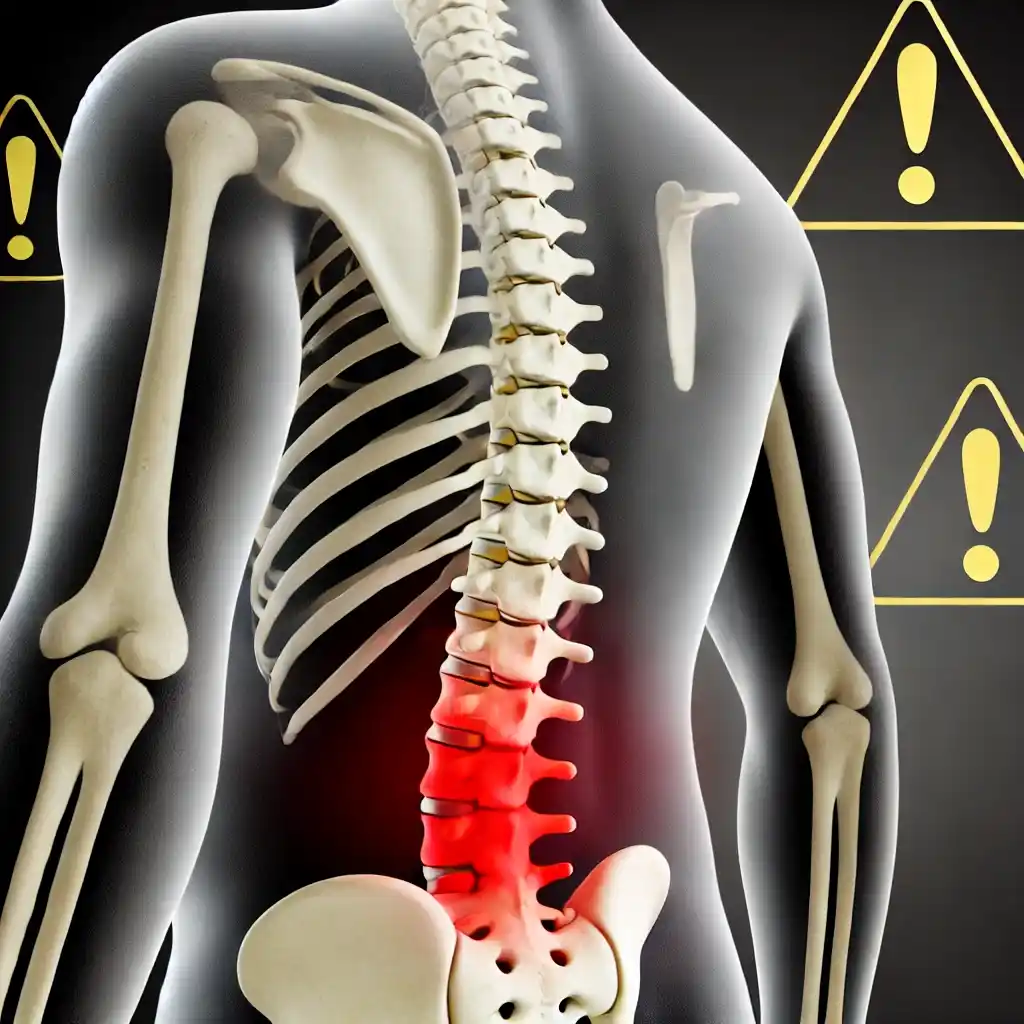Overview
A spinal cord injury involves damage to any part of the spinal cord. It also can include damage to nerves at the end of the spinal cord, known as cauda equina. The spinal cord sends and receives signal between the brain and rest of the body. A spinal cord injury often causes permanent changes in strength, feeling and other body functions below the site of the injury







